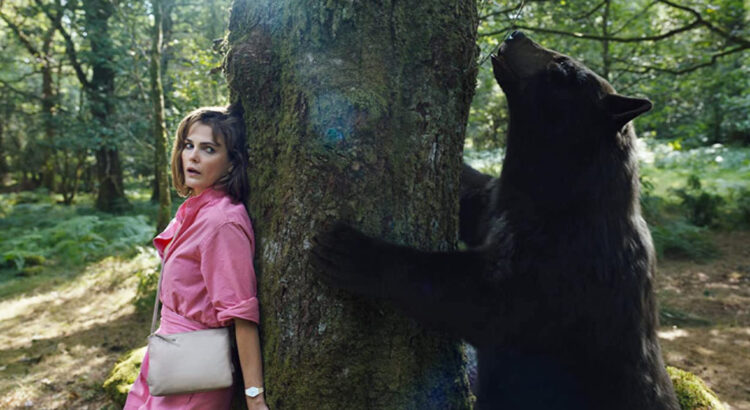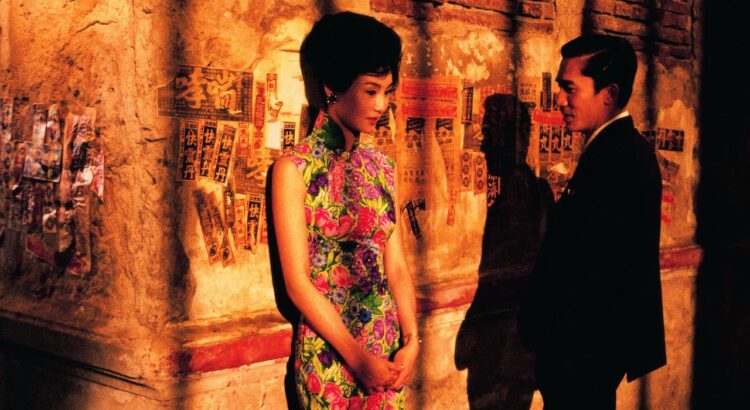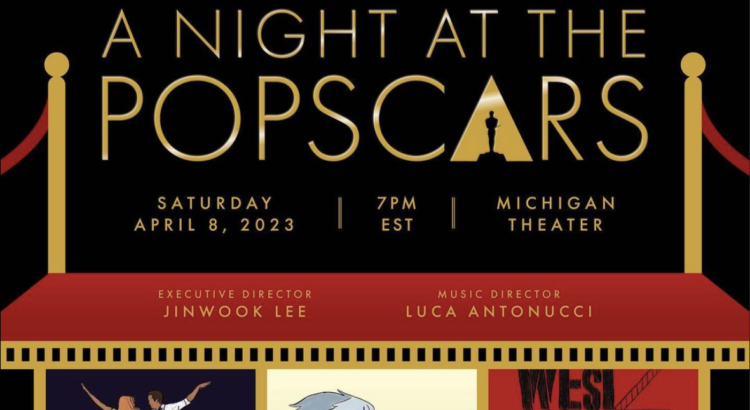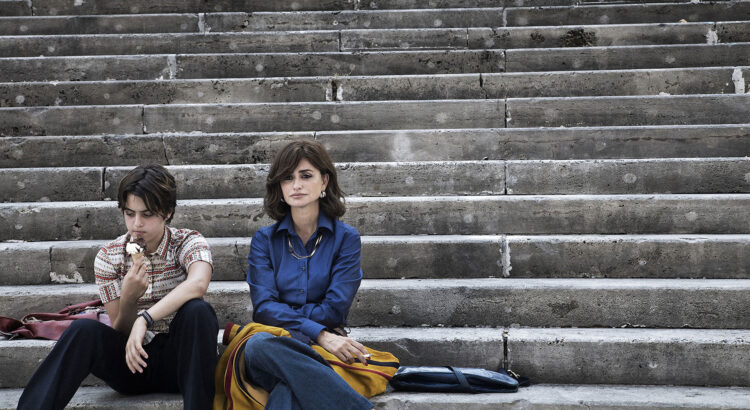To be completely honest, I was rather disappointed after watching this movie. Perhaps it was because my friends hyped it up so much or the comedy just wasn’t to my taste, but it had too many plotholes for it to be satirically viable. Having a comedy movie be understandable is a personal preference though, so I’m sure a lot of people didn’t mind that. There were certain scenes that I found funny since they caught me off guard (I won’t elaborate much to avoid spoilers), but most of the time I got upset about the character development and storytelling.
They use gore and of course, the consumption of cocaine, as their comedic selling point, so if you’re easily squeamish or not interested in that I don’t recommend this movie. Well, I don’t recommend it in general. There are also lots of jump scares, so beware if you’re startled easily! If I had to rate it on a scale of 1-10, I’d give it a 4.5; that may be a controversial statement though.
I did end up watching this movie twice to show others how ridiculous it is; I guess watching this with others could be a good bonding experience! The second time around I could understand more of what was going on. Many of the characters have Southern accents and there are a lot of characters in general that become hard to keep track of, so if you can watch it with subtitles it’d be super helpful.
To summarize, I don’t think this film was a must-watch.
PSA: I had mistakenly thought and questioned how much of the film was true but none of it is, which may have played a factor in my disappointment. Now that you know what you’re getting yourself into, give the movie a shot! Or don’t, it’s up to you.







